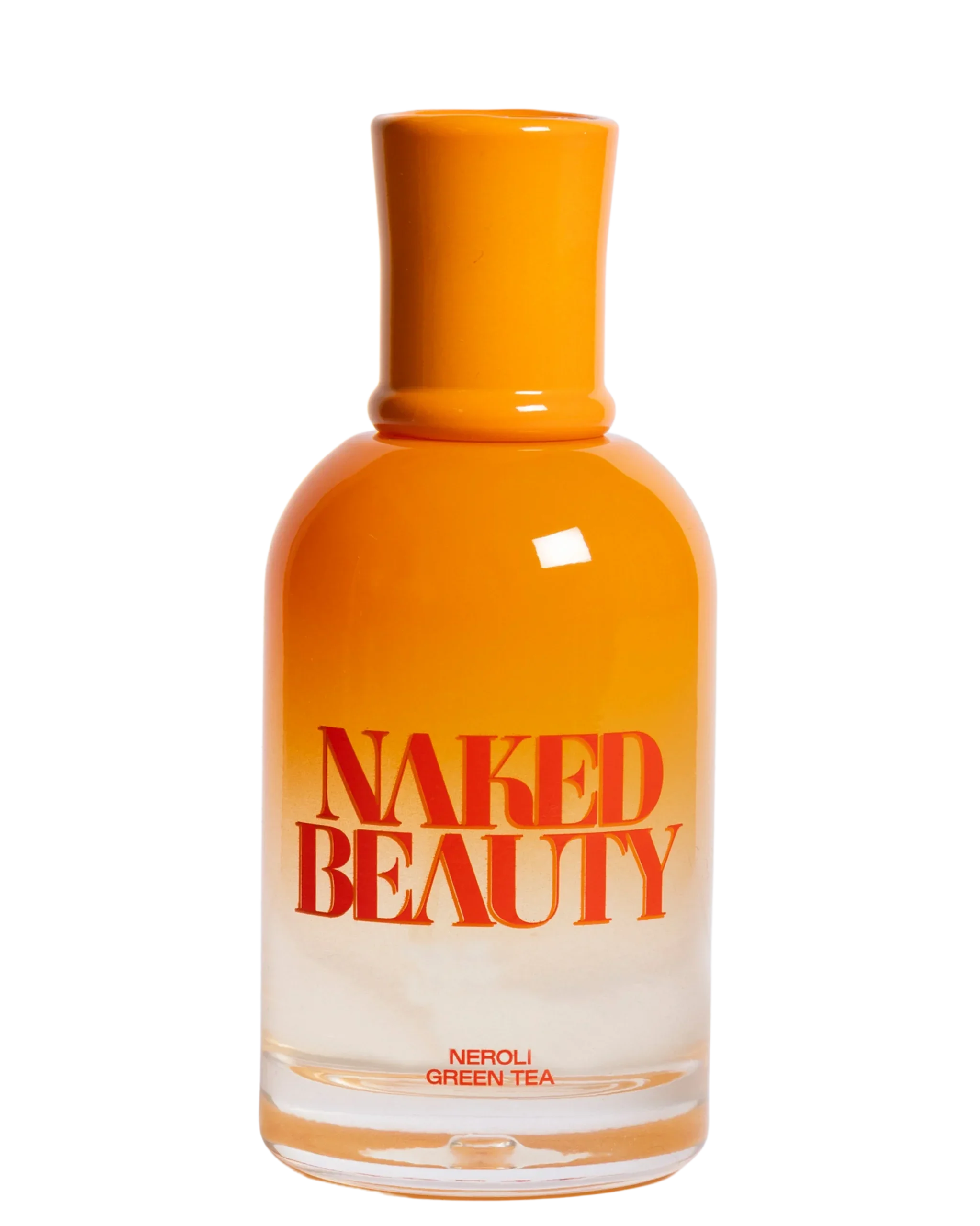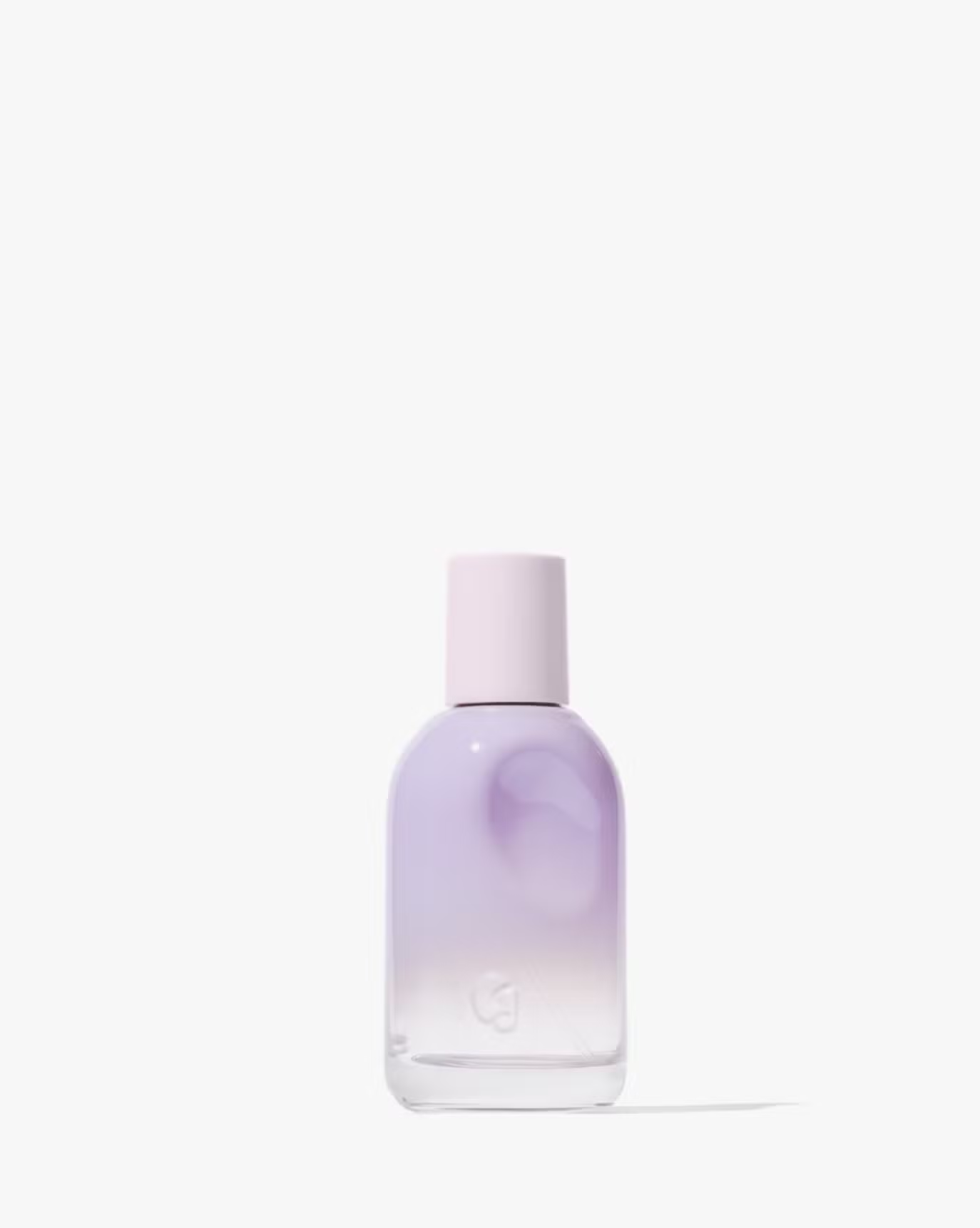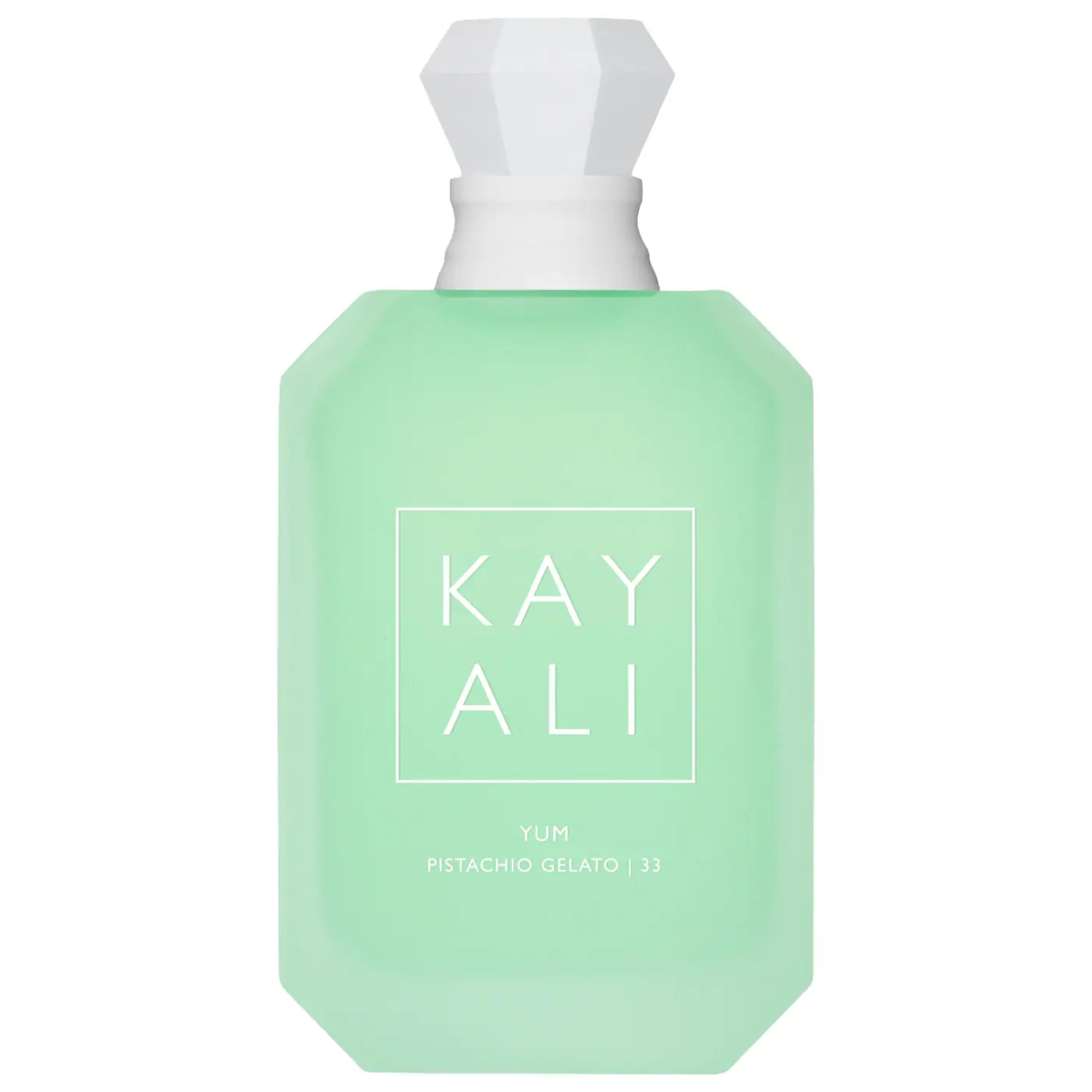
Ever watch a commercial for a new product and think, I could have invented that, or see sitting on store shelves a gadget that you thought up— but didn’t act on—years ago? Welcome to the club. There are thousands of aspiring entrepreneurs who are desperate to make their inventions happen, but just don’t know how. So we partnered with “The Inventress” Lisa Ascolese, who has created wildly popular products sold on QVC and HSN, and who now helps others do the same. Together, we’ve paired up-and-coming inventors with experienced mentors to walk them through everything from developing a prototype to brokering big- money deals with retailers. Check out their amazing journeys. We guarantee you’ll be inspired.
Tracey Washington Bagley, 52
THE IDEA: There is a certain terror that many mothers know all too well. It’s that moment in the department store when you turn away for a split second and your child disappears. The next few minutes are filled with panic, until you find him giggling beneath a clothing rack or hiding in a dressing room. Such experiences provided the inspiration for Bagley’s The Come Back Bracelet (comebackbracelet.com). Worn by parent and child, the baubles have computer chips inside that operate like a GPS system. “If your little one wanders away more than ten feet, your bracelet blinks or vibrates,” says the television producer, who has worked on numerous child safety stories. She was particularly struck by the words of one dad whose daughter was snatched from a convenience store and later killed by her kidnapper. “He said to me, ‘As a parent, don’t ever let anyone make you feel bad about being overprotective,’ ” Bagley recalls. “ ‘You can never be too careful.’
WHAT SHE HAS DONE WELL: Though the basic idea is not new, Bagley’s interpretation has an exciting twist: Rather than bulky, plastic, cheap-looking contraptions, the bracelets are stylish pieces of jewelry that any woman would want to wear. “It’s a very gorgeous bracelet,” gushes Ascolese, the founder of Inventing A-to-Z, a company that helps newbie inventors get their products off the ground. “We moms are fashion- forward ladies.” Another bonus? Bagley is not going to have to spend a lot of money to get this made because the technology already exists.
WHAT’S HOLDING HER BACK: Balancing this project with her day job. “I work long hours coming up with stories, scheduling guests, doing pre-interviews and later overseeing the video editing,” Bagley admits. As a result, she’s not as far along as she could be (she is currently working on creating prototypes with a graphic artist). That’s a common problem, warns her mentor, Shern Bonner, developer of the Jazzy Wrap, a best-selling hair cover that won’t slide off during sleep. “The road from idea to market is a bumpy one,” says Bonner. To keep things moving forward, the experts suggest dedicating at least 15 minutes a day to working on the product in some capacity.
TAKING IT TO THE NEXT LEVEL: Now Bonner says Bagley needs to protect her idea by getting it patented. “Shern has shown me how to do a lot of the legwork without paying the attorney’s fees,” says Bagley. That entails filing a patent and trademark at uspto.gov herself. Those cost savings will come in handy whenshe starts manufacturing her bracelets. “This is going to be my legacy, what I am going to leave behind,” says Bagley. “I may have won several awards for working in TV, but I’d like to be known for something that helps people, you know? Keeping kids safe is important to me.”
BONNER’S WORDS OF WISDOM: “Don’t defer your dreams. Most inventions take years to come to fruition. Have patience and the years of hard work launching the idea will pay off.”
Kathleen Furlow-Hearod, 42
THE IDEA: She had only taken her eyes off the road for a split second when the accident happened. Furlow-Hearod had dropped her cell between the seats, and like countless times before, she reached down to get it. This time, she accidentally bumped the car in front of her as she fished out her phone. The other driver was enraged. “He was right to be upset,” says Furlow-Hearod. “So from there, I decided I needed to do something to keep things from going between the seats.” At first she experimented with an airplane neck pillow, but it was too short and bulky. What she envisioned, rather, was a long, padded device that she would nestle easily into the cracks. After nine months of trial and error, she developed the Stop-It-Stick (stopitstick.com), a simple but potentially lifesaving device.
WHAT SHE HAS DONE WELL: As she mocked up the design, Furlow- Hearod added other features, notes her mentor, Elaine Cato, whose Backless Bra creation earned her first runner-up on the reality TV show American Inventor. Not only does the Stop-It-Stick keep your phone, keys and other items in check, but it’s also bendable, with a flashlight that has an emergency blinker mode, so it can be set up on the road to warn of car trouble. Just as important is Furlow-Hearod’s manufacturing plan. “Companies used to require a large quantity of product before they were even interested in you,” Furlow-Hearod explains. These days, retailers don’t want to risk being saddled with thousands of units they aren’t positive they can sell. As such, Furlow-Hearod uses a manufacturer that can provide smaller, customizable numbers. “Unless you have a product that is in great demand, I would suggest that ordering just what you need is the way to go so that you don’t lose your shirt,” says Ascolese.
WHAT’S HOLDING HER BACK: “A serious lack of funds,” laments Furlow-Hearod, a hairdresser by trade. “A lot of your money goes to trial and error, advertising, giving out free product. I’ve used my savings to invest in this and there are nights I went to bed crying not knowing where my next $2 was going to come from.” Indeed, that million-dollar idea can bankrupt you. “Many inventors go to family, close friends, venture capitalists and online funding sites for start-ups and also apply for small-business grants or loans,” says Cato. “Prepare yourself for a lot of nos, but being an inventor is all about taking risk. You have to be diligent and just ask.” Consider raising capital online through sites like kickstarter.com and crowd funding.com. Adds Cato, “Attending events where you can solicit investors is also a good idea. Try to get them interested, and ask whomever you speak with to help get the word out.”
TAKING IT TO THE NEXT LEVEL: Furlow-Hearod had her heart set on selling the Stop-It-Stick on QVC, but they already had something similar. She needs to think bigger when it comes to her target retailers. “I teach my clients not to have tunnel vision,” says Ascolese. “See it everywhere. See it in Walgreens, Costco— not just QVC. These inventors will have a warehouse full of product and sit on it waiting for that dream retailer to come to them.”
For her part, Furlow-Hearod is determined to stay positive. “As I’ve read story after story of successful people in any genre, they have suffered,” she says. “I’ve been broke, scared and homeless since I started this project. I almost felt like giving up. But when you start making your dream come true, it’s hard to turn away. It’s a part of you. It’s pulling at you every day.”
CATO’S WORDS OF WISDOM: “Most people in our lives will not fully understand our efforts, so don’t take it to heart when they say you are wasting your time. Continue to self-promote and be your own biggest cheerleader. Kathleen is establishing relationships with buyers for distribution. She has a great pitch and is optimistic for product placement very soon. We also discussed working with a PR person for more exposure. Bottom line: Any minor progress deserves a pat on the back.”
Daisy Curbeon, 49
THE IDEA: When it comes to beauty, celebrity stylist Curbeon knows one thing: “The biggest worry women have is their hair,” she says. “It’s their crowning glory, and if their hair is not right, they are not happy.” In her 20 years in the business, Curbeon has created hundreds of custom-made wigs for clients, but she wanted to put a new spin on the traditional hairpiece. Guided by the simple philosophy that women like to change things up, she crafted Daisy Curbeon PineApple & Bangs (daisycurbeon.com).
WHAT SHE HAS DONE WELL: She’s managed to create a hair accessory that doesn’t already exist. “You don’t have to sit for hours and have your hair braided and sewn in,” Curbeon says. “And there is no glue or clips that will break or damage the hair. Plus, it’s easy. You just put it on and go.” The first option in her “hair wardrobe” is a reversible ponytail that can morph into a chignon, side bun, messy bun, top knot or voluminous bun. The second is a removable bang that can be used in the front or added to the nape of your neck to give a bob a boost and add highlights, fullness and length.
“The way she designed her bangs and her updos is very clever,” says her mentor Ascolese. “They’re well made and she put her heart and soul into it, so I think she’s going to have an easy time selling it.” Also, Curbeon was so passionate about her product that she zoomed through the process: She came up with a one-of-a-kind idea that women need, created samples, manufactured them, designed the packaging and filmed a video highlighting what makes her product so special. Her invention is ready to hit stores.
WHAT’S HOLDING HER BACK: At this point, the only thing getting in Curbeon’s way is Curbeon herself. There were times she would obsess over things, making multiple, unnecessary tweaks. “Sometimes people get stuck and instead of taking what is in front of them, they modify and change,” says Ascolese. “Her product is great, but she’s stuck. Trying to make it perfect, you never get it out. We are ready to pitch her to QVC, Costco, Sally Beauty Supply—she’s ready.”







TAKING IT TO THE NEXT LEVEL: Curbeon now needs to pitch to retailers and secure investors. “Daisy’s on the cusp of the breakthrough,” says Ascolese. “It’s very important to show the investor how much you have invested in your own product. They like to see that you have put up your own funds. If you haven’t, they are not likely to invest in you. I would also say keep good records of all the money you have put in, from a needle and thread all the way to whatever manu- facturing you have in place.”
ASCOLESE’S WORDS OF WISDOM: “Sometimes the biggest thing holding inventors back is a fear of failure. They don’t realize how successful their product can be if they just step out on faith.”
This article was originally published in the April 2015 issue of ESSENCE Magazine.






